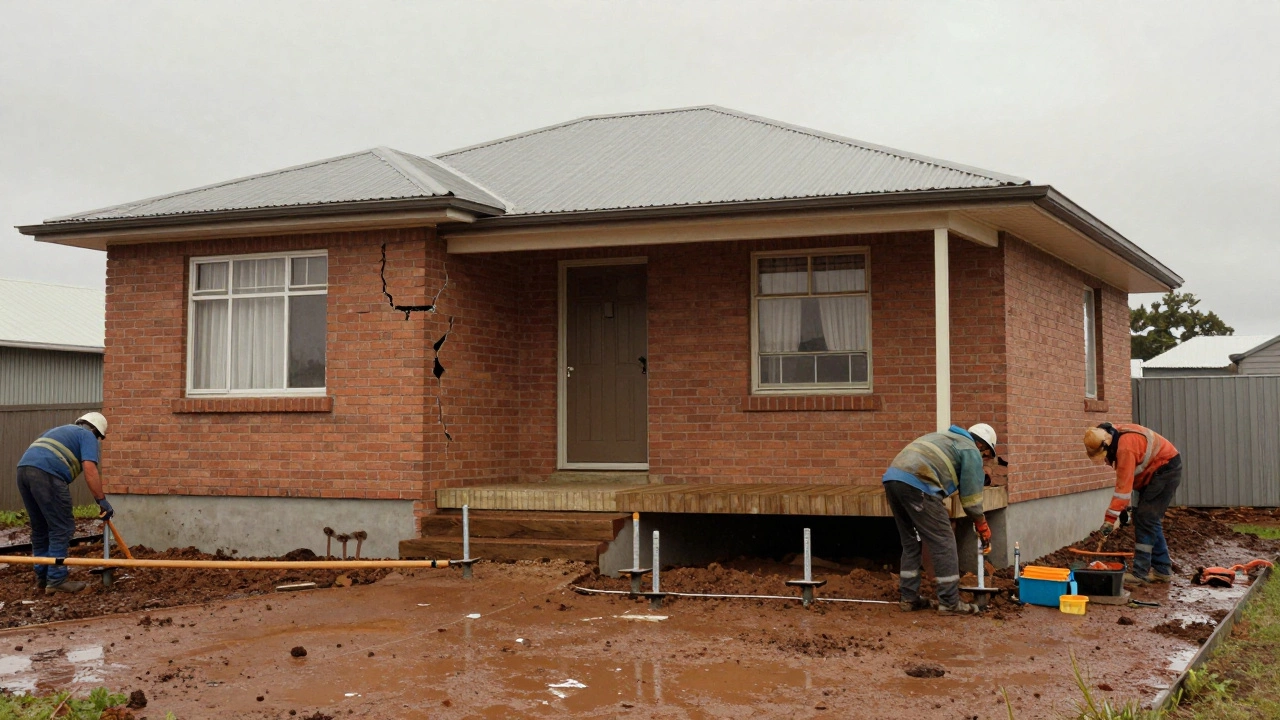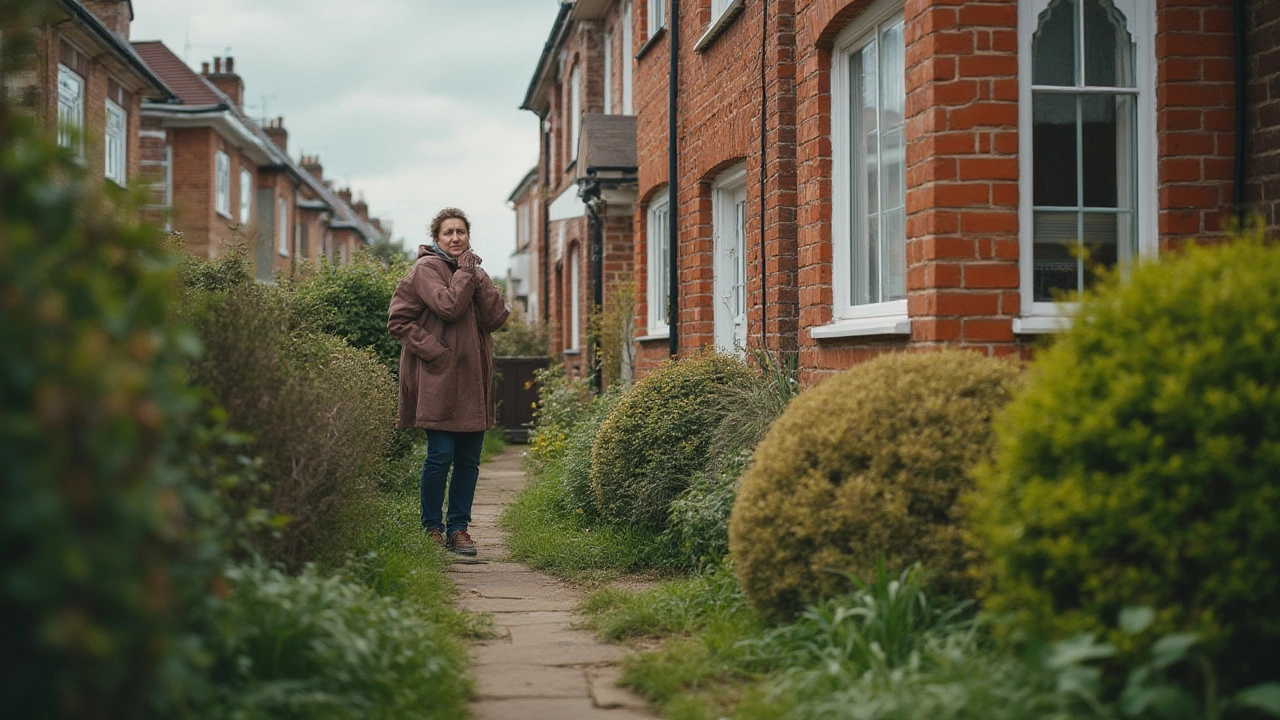Foundation Crack Repair: Simple Steps to Protect Your Home
Found a crack in your floor or wall? It can feel scary, but most cracks are fixable without tearing down the house. The key is to act fast, figure out why the crack appeared, and choose the right repair method. Below you’ll get the basics you need to know, from spotting problem spots to deciding if a DIY fix will do.
Spotting the Signs Early
Not every line in plaster means a major issue. Look for cracks that are wider than 1/4 inch, or cracks that keep getting longer. Those are the ones that often point to movement in the soil or a settling foundation. Horizontal cracks in basement walls, stair‑step cracks in brick, and gaps around doors or windows are also red flags. Open them up, shine a flashlight, and check if there’s water seepage—moisture makes the problem worse.
Another clue is uneven floors. If you notice a dip when you walk across a room, or doors that won’t close properly, the foundation might be shifting. A quick level test with a carpenter’s level or a laser level can confirm whether the floor is truly out of plane.
DIY Fixes vs. Professional Help
For hairline cracks (less than 1/8 inch) you can often use a concrete crack filler or epoxy injection kit. Clean the crack, apply a bonding agent, then push the filler in with a caulking gun. Smooth the surface and let it cure. This works well for interior walls and small concrete slabs.
When cracks are bigger or you notice water, it’s safer to bring in a pro. A professional will assess soil conditions, check for drainage problems, and may suggest underpinning, pier installation, or a full slab replacement. They have the equipment to inject high‑strength epoxy that bonds the concrete back together, and they can install waterproof membranes to keep moisture out.
Even if you decide to DIY, you still need a solid prep step. Remove any loose debris, apply a primer if the filler calls for it, and follow the manufacturer’s cure times. Skipping these steps can lead to the repair failing when the house moves again.
Don’t forget about the surrounding area. Bad grading, clogged gutters, or downspouts that dump water right next to the foundation will keep damaging the repaired crack. Direct water away with a slope of at least 5% and install splash blocks or extend your downspouts to the street.
If you’re unsure whether a crack is serious, get a free inspection from a local foundation specialist. Most will give you a written report with a cost estimate, so you can compare DIY material costs against a professional quote. That way you won’t waste time on a fix that doesn’t hold.
Bottom line: small cracks can be patched at home with the right filler, but larger or water‑related cracks need a pro’s eye. Act quickly, keep water away, and you’ll stop a tiny line from turning into a costly foundation problem.

How Long Does It Take to Fix a Crack in the Foundation of a House?
Dec 22, 2025, Posted by Damon Blackwood
How long does it take to fix a foundation crack? From hairline splits to major settling, repair time depends on the type of damage, soil conditions, and method used. In Wellington, most repairs take 2-4 weeks.
MORE
What Is the Best Method for Foundation Repair? Top Solutions Compared
Dec 18, 2025, Posted by Damon Blackwood
The best foundation repair method depends on your home's age, soil type, and damage level. Pier and beam, helical piers, slab jacking, underpinning, and crack repair each have specific uses. Choose wisely to protect your home’s value and safety.
MORE
DIY Guide: Can You Fix a Foundation Crack Yourself?
Oct 13, 2025, Posted by Damon Blackwood
Learn how to safely assess, repair, and prevent foundation cracks yourself with step‑by‑step guidance, tool list, material comparison, and clear signs when to hire a pro.
MORE
Horizontal Foundation Crack Repair Cost: Real Prices, Fix Options & What to Expect
Aug 1, 2025, Posted by Damon Blackwood
Worried about a suspicious crack in your foundation wall? Here's the real breakdown on how much it costs to fix a horizontal crack, what's involved, and how to avoid getting ripped off.
MORESEARCH HERE
Categories
TAGS
- foundation repair
- commercial construction
- construction
- new builds
- home improvement
- home renovation
- bathroom renovation
- residential construction
- construction materials
- home foundation
- renovation tips
- building types
- contractor
- foundation cracks
- home construction
- architectural services
- building codes
- construction differences
- home inspection
- kitchen installation